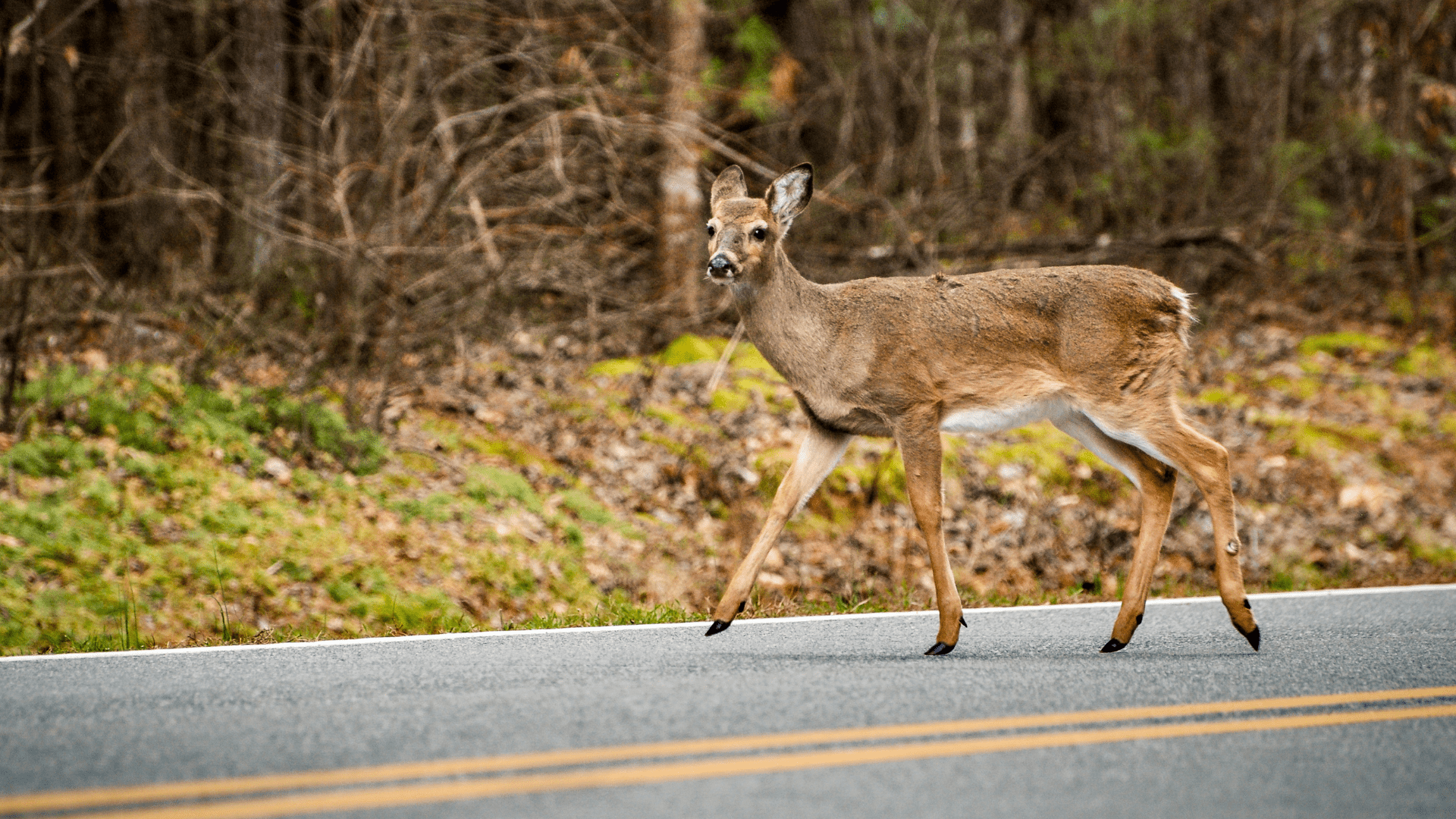
Funding for Virginia Wildlife Corridor Crossings
As the state of Virginia continues to develop with new roads and neighborhoods, animal habitats are becoming increasingly divided, cutting through wildlife crossings. Wildlife such as deer, foxes, raccoons, and even frogs and turtles, are constantly on the move. More often than not, these animals need to cross roads to find wider areas of suitable habitat. Moreover, organisms will begin to move as environmental conditions change as a result of global warming. Unfortunately, vehicles often collide with organisms on the move. Animal Vehicle Collisions (AVC) are a major threat to drivers as well. Wildlife Corridors in the form of fencing, underpasses, and overpasses could save human and animal lives, not to mention thousands of dollars in damages. Numerous studies including the Virginia Transportation Research Council, the research division of the Virginia Department of Transportation, discovered the effectiveness of these wildlife crossings. Findings suggest that the investment in crossings pay for themselves by the money they save in damages.
Legislative Progress in Virginia
Wild Virginia has worked to make this issue more well-known and to encourage interest in investment. Additionally, Wild Virginia has worked with legislatures to craft bills that would encourage agencies to plan for wildlife corridors. The Virginia Assembly has recognized the risk to both humans and animals. Last year, the Virginia Legislature passed SB 1004 and HB 1695. The bill directed the Department of Transportation (DOT), the Department of Game and Inland Fisheries, and the Department of Conservation and Recreation to work together to create a Wildlife Corridor Action Plan. The Action Plan would identify potential crossing projects and provide environmental impact reports. The first plan is to be submitted in 2022. This bill is a step in the right direction. Virginia will continue to identify and address areas of risk for motorists and animals in the coming years.
Additionally, Wild Virginia helped to craft SB 1274 which passed this year. SB 1274 directs various agencies to consider and incorporate wildlife corridors into their planning documents. These laws are extremely important because they incorporate consideration of animal crossings into any future highway or road. Consideration of corridors on the front-end proves to be much more cost-effective than retrofitting culverts or roads that already exist. Planning ahead of time also allows crossings to be built where animals will use them the most. This maximizes the financial benefit, the safety of the motorists, and the way the animals utilize the crossings.
Room for Improvement for Wildlife Crossings
All of these bills received bipartisan support. While these bills are extremely positive, Virginia still has room for improvement. Neither of these Virginia bills specifically allocate funding for crossing projects. Historically, finding sufficient funding is the biggest challenge in the construction of wildlife corridors. Funding usually comes from a variety of sources including fundraising, private or public grants, and occasionally some smaller amounts from the DOT or the Department of Fish and Wildlife. With the hard work of Wild Virginia and growing support, hopefully, more state funding will become available to wildlife corridor projects.
Wildlife Protection is Gaining Support
State lines do not stop wildlife from moving. This is a nationwide issue. Recently, the House of Representatives included $400 million under the INVEST in America Act Wildlife Crossings Program to protect vehicles from colliding with animals. Federal recognition on this issue means significant progress can be made. Increasingly, states are beginning to pass their own corridor legislation as well. Most notably, Florida formally recognized an 18 million-acre stretch of land as a Wildlife Corridor and allocated $400 million of state funding to work with private landowners to preserve habitat connections. A total of seven states have passed wildlife corridor protection bills in the past two years, and support continues to grow.